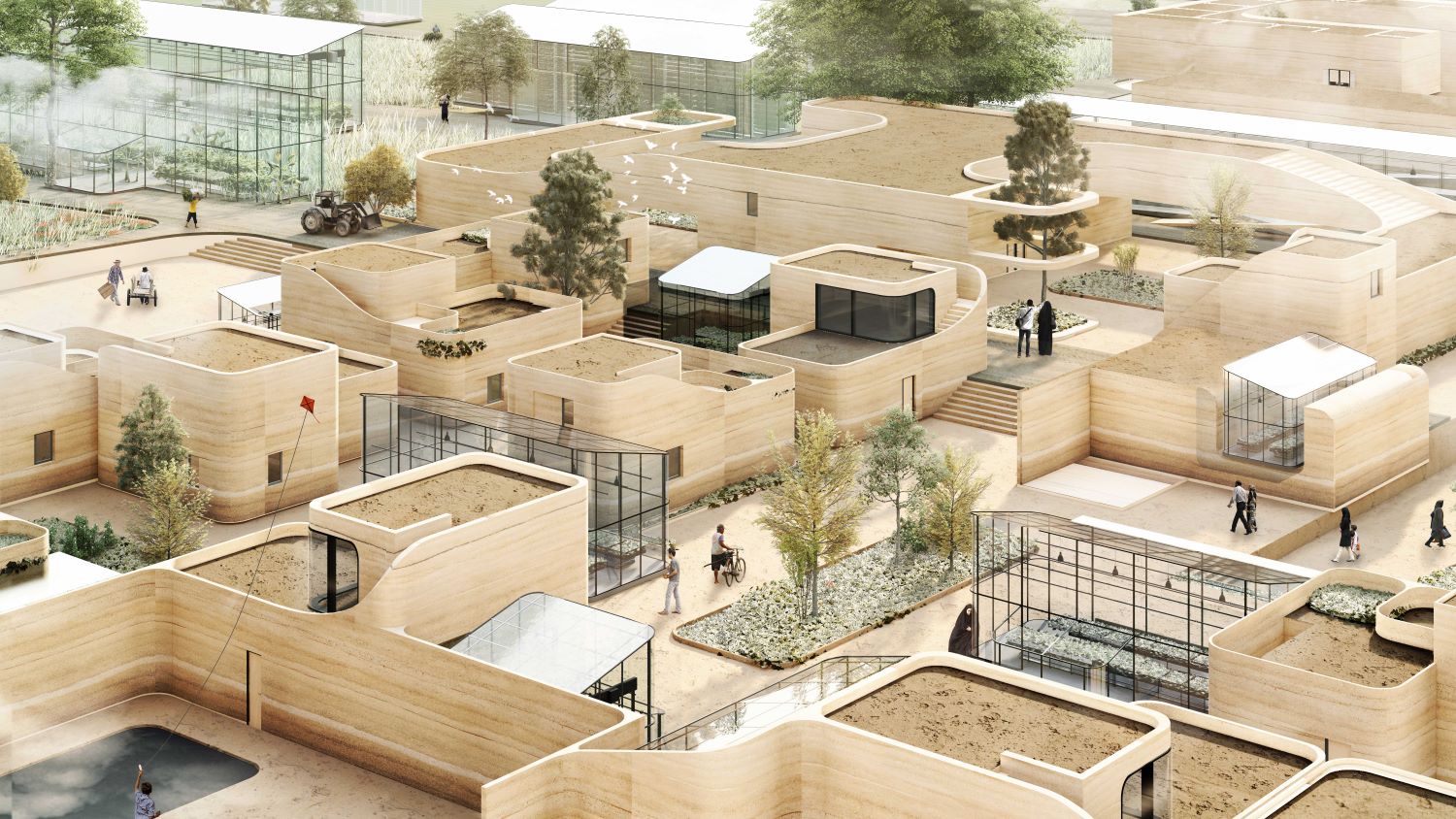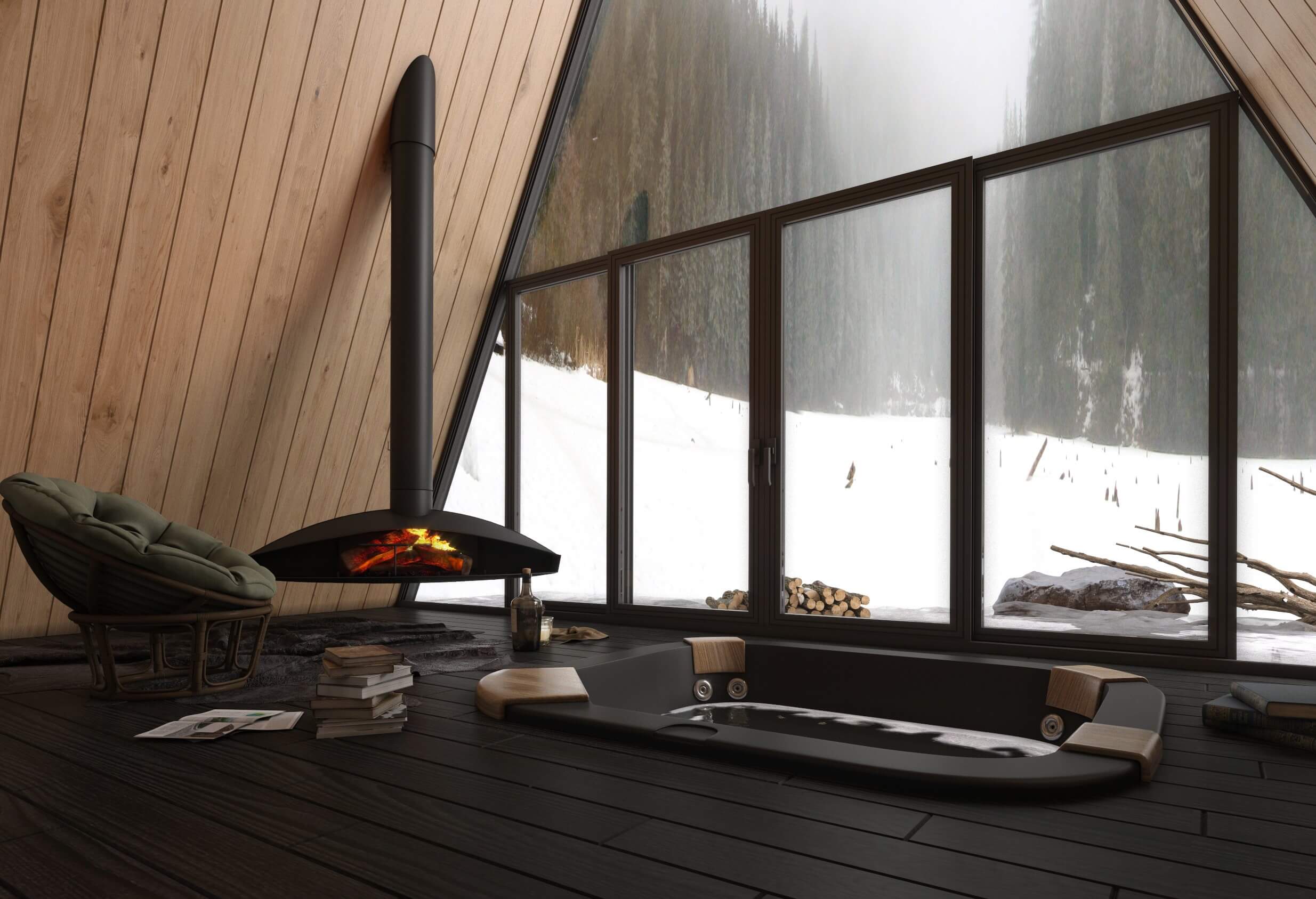Ali Ahmadi: Agriculture was once the source of wealth and wellbeing. The man of the past obtained blessings and a sense of wellbeing from the heart of the soil through hardworking and effort. The man whose dreams and aspirations were at the same level as his efforts and works. But the new age was looking for value and worth with a new tool. Industry and development were new words for this newly discovered path.
The concept of development in the new discourse was inherently linked to material, accumulation, and mass production. The construction of things became the criteria of development, and among all the constructions, “home” and “housing” were, of course, one of the first things to be defined in a new way. Cement and metal were the two new building materials that shaped the city and its architecture to promote construction as a way of making a profit and generating capital.

In the process of urban development and through the transformation of social, economic, and traditional structures and unequal distribution of resources and facilities, the ground for the growth of desire and action in two different directions and two opposite ways was provided, which led to a social division in such a city. A city whose inhabitants sleep with their memories in the north and with their dreams in the south. Within this structure, areas without urban facilities and services or with a deficiency in such services were created, which consisted of marginalized people who were called social gatekeepers in the urbanization cycle. Gatekeepers whose Legal activities within the city boundary were prohibited by the city law that calls them informal.
How can the issue of suburbanization be considered as an active cytoplasm in the role of context for the production of value-added for the future developments of the city, instead of a reprehensible and influential gatecrasher?

How can architecture, in its theoretical and social contents, have an answer for establishing social relationships between people of the city and its informal people, and create something new by considering human, social, economic, and legal boundaries?
The present project named [Gel-Gol] Khaneh, tries to innovate and offer an architectural solution as a mediator between the city, people, the suburbs, and the city rules, by expressing modern solutions in the field of housing, education, and economy of outskirts to revive social hope among people.

The [Gel-Gol] Khaneh project (Tehran Agricultural Social Network) is a dynamic and changeable hardware-software platform that aims to connect people to people, people to cities, cities to suburbs and cities to people, and to create an urban social network throughout Tehran and Even between neighboring cities that has an agricultural-oriented approach for the present study. The hardware of this network is the physical space of greenhouses as well as plains of Tehran (architecture) while its software is the application connected to it.
Therefore, [Gel-Gol] Khaneh can be a solution to get out the slum (outskirts) of its informal title and direct it to a sustainable and constructive life by presenting its economic, social, and urban solutions.
[Gel-Gol] Khaneh is a green area that, with its approach to the development of greenhouse spaces in the south of Tehran (based on the city’s master plan), seeks to restore the green landscape of the Can’s riverside and compensate for 50 years of environmental degradation in this area.

[Gel-Gol] Khaneh, emphasizing the need to revive the historical relations of Lahak and its inhabitants, emphasizes the creation of a new structure on the old spatial structure, a physical structure that focuses on the semantic redefinition of objects and subjects, with an approach to the socio-cultural and economic sustainability of today and future inhabitants that will create a new identity for the informal settlements and will promote a sustainable living - along with the technology and historical tradition of agriculture in the southern fields of Tehran.
If the fringe areas of the city are defined by the terms like crime and poverty in our minds, [Gel-Gol] Khaneh will be a new way to generate capital and improve the living conditions of the residents of the adjacent areas of the project with respect to the region's ecology.





























-(1).jpg)



